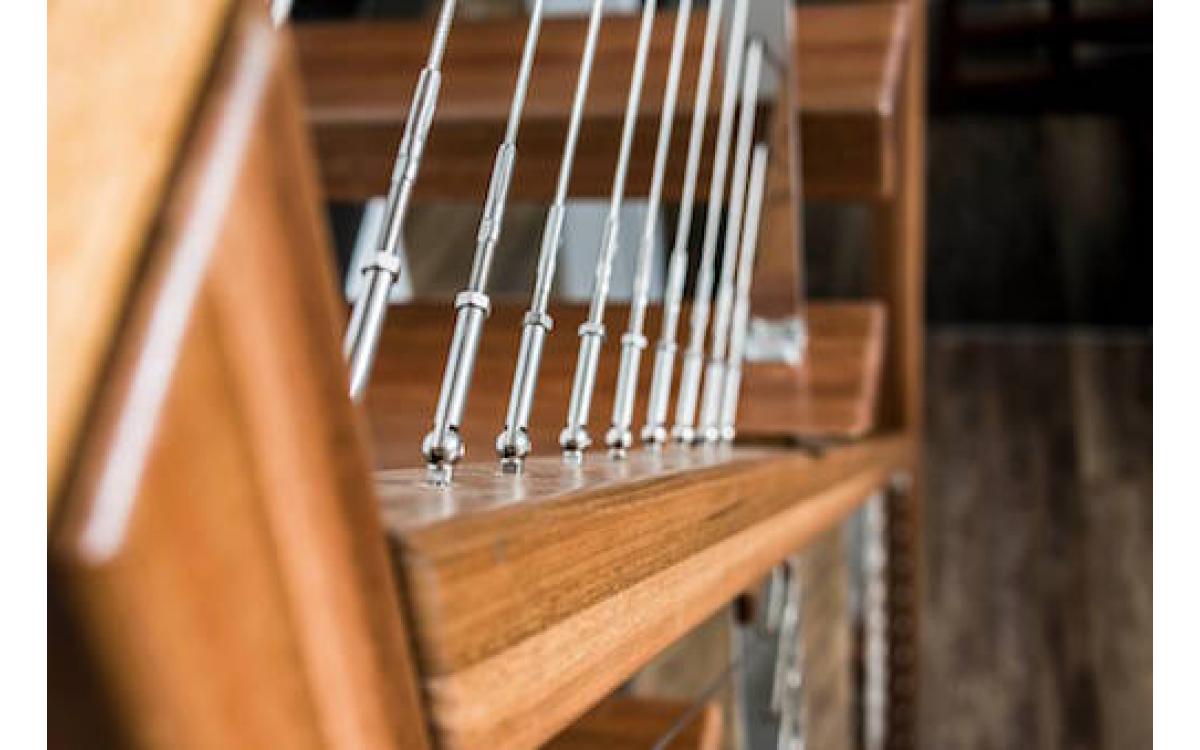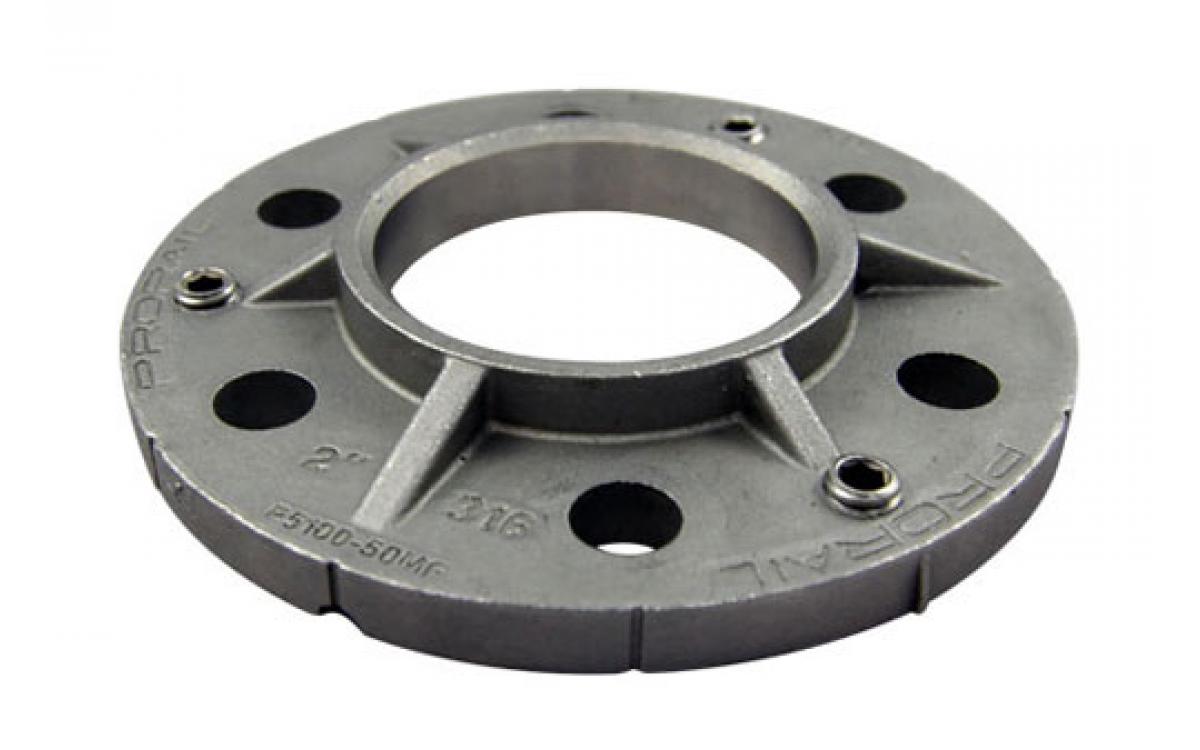ProRig Hardware is a specialist importer and supplier of the highest-quality stainless steel hardware. The large majority of our products are made from either cast or forged stainless steel, or are assembled from parts which are a combination of the two processes i.e. the cast body of a turnbuckle and the forged eye and thread. Both processes have their advantages and disadvantages. Below is a brief rundown of the two processes.
Quick Explanation
- Casting: The stainless steel is heated until it becomes liquid (i.e. molten), it is then poured into a mould to achieve the desired shape.
- Forging: The stainless steel is heated up until it becomes malleable, and then it is shaped.
Detailed explanation
Investment Casting (Lost Wax Casting) - Is very labour intensive process that goes through several stages as listed below:
1. A wax mould of the fitting is produced e.g. a shackle.
2. The wax mould is assembled onto a tree runner.
3. The mould assembly is dipped in ceramic slurry
4. The mould assembly is then coated with a refractory material and left to dry. This creates a ceramic mould around the wax castings (this step is repeated several times).
5. The wax is melted from the mould using steam, heat and pressure leaving a hollow ceramic shell.
6. The ceramic shell is heated.
7. Molten stainless steel is poured into the ceramic shell and left to cool.
8. The ceramic shell is broken away from the casting. The fittings are separated from the tree and go through several finishing processes to get to the final product.
Advantages
- Produces complex shapes with high integrity
- High quality surface finish
- In general cheaper than producing forged products
Disadvantages
- Fittings are not as strong as forged products
- Long cycle time to produce
Applications
Many of our hardware products i.e. shackles, turnbuckle bodies, eye nuts, cleats, handrail fittings etc.
Stainless steel Forging – Stainless steel (mainly round) rods are heated to more than 1000 degree celcius. At this temperature the stainless steel is soft enough for forming, but will not melt. The rods are formed as required e.g. the flared ends of a shackle. Using very high compression machinery and specialised dies the rods are forged (formed) into shape e.g. the shape of a shackle or spring hook (as per photo). Forging improves the grain structure of the part giving it exceptional strength.
Advantages
- Exceptional strength
- Very quick production time
Disadvantages
- High cost to produce (generally more expensive than casting).
- Less flexibility in design
Applications
Many of our hardware products i.e. shackles, turnbuckle eyes, jaws etc., eye bolts, rings, spring hooks.
ProRig Hardware is pleased to introduce our new range of Econ forged shackles available now! Please find special introductory pricing along with our other great specials in the attached flyer (available well stocks last – prices valid until the 31st of January 2017).
ProRig Hardware also offers a full range of ProRig shackles with both cast and forged options available. Forged options are more expensive but offer higher break loads.



